Oculus Quest 2
Self-sufficient beast
Pros
- Standalone VR console
- Affordable and widely available
- Great graphics
- Plenty of games
- 120Hz refresh rate
- Wireless
Cons
- Obligatory Facebook login
- Poor battery life
- Uncomfortable straps
- Manual IPD setting
The Oculus Quest 2 is Facebook's next-gen successor to the original Oculus Quest, and it is next-gen in every technical aspect, save for the head straps and battery life. It has outstanding graphics, is incredibly easy to set up and use, has a good amount of games, and carries an affordable price.
PSVR
PlayStation accessory
Pros
- Wide game collection
- Comfortable to wear
- OLED display
- Digital IPD settings via console
- 90Hz refresh rate
Cons
- PS4 and accessories required
- Wired
- Expensive and not available widely
- Subpar graphics
In a nutshell, the PSVR is an accessory that provides PS4 and PS5 users with a VR gaming experience. It's an extension to the Sony consoles and has no legs to stand on by itself. Users need a lot of additional gear like the PlayStation camera to actually use it.
The Oculus Quest 2 and the PSVR are the best virtual reality headsets in the market right now. However, the two are starkly different in terms of what they offer. While both offer top-notch VR experiences, it may come down to price and whether you have the right equipment. So, which is the best for you? Let's take a look.
Oculus Quest 2 vs. PSVR: Breaking things down
Let's get some of the technical parts out of the way. Facebook's latest VR headset features a Snapdragon XR2 processor and runs an Android-based OS. The Oculus Quest 2 is a standalone console, whereas the PSVR is more of an extension to the PS4 with similar software. It requires a PS4 or a PS5 to work, and it needs to be connected to a console to work. So, the PSVR is more of a PlayStation accessory rather than a standalone VR console. Let's look at the specs.
| Oculus Quest 2 | PSVR | |
|---|---|---|
| Display type | RGB-stripe fast-switching LCD | OLED |
| Display resolution | 1832x1920 per eye | 1080x1920 per eye |
| Refresh rate | 120Hz | 90Hz |
| Field of view | 89 degrees | 100 degrees |
| IPD setting | Manual | Digital via console |
| Storage | 64GB/256GB | PS4/PS5 storage |
| Ports | USB Type-C, 3.5mm audio jack | HDMI, USB, 3.5mm audio jack |
| Audio | Built-in speakers, support for headphones, integrated mic | Built-in speakers, support for headphones, integrated mic |
| Connectivity | Wi-Fi 5 and Wi-Fi 6, Bluetooth 5.0 LE | Yes via console |
| Headset battery | Built-in rechargeable Li-Ion, 2-3 hours | No battery, wired to console |
| Controller battery | 1x AA per controller, several months on average | Built-in rechargeable Li-Ion, 10 hours |
| External camera | No | Yes |
There are plenty of slight differences here, but both offer great VR experiences. But there is more to the VR experience than just specs. Let's take a closer look at what both headsets have to offer.
Oculus Quest 2 vs. PSVR Technical showdown
When completely submerged in a virtually created world, what you see is important. The Oculus Quest 2 offers a far better visual experience than the PSVR even though it touts an LCD panel over Sony's OLED display. The graphics are crisper and look much less grainy on the Facebook VR headset thanks to a higher resolution per eye and a PenTile subpixel arrangement. The Oculus Quest 2 offers excellent image quality that outshines the PSVR. However, Sony's VR device has the upper hand when it comes to blacks since OLEDs specialize in turning off certain pixels and delivering true blacks.
When it comes to movement fluidity, you get a better look on the Oculus Quest 2 thanks to the 120Hz refresh rate, whereas the PSVR supports a lower 90Hz. On the other hand, the PSVR offers a wider field of view, 100 degrees, against the Oculus 2's 89 degrees. Users can adjust the IPD on both headsets, but the settings on the Oculus 2 have to be set manually, while you can adjust the PSVR IPD digitally through the settings within the PS4 or PS5.
Both VR headsets have built-in speakers and mics in addition to headphone jacks for external audio devices. The Oculus Quest 2 has two storage variants, 64GB and 256GB. Meanwhile, the PSVR accesses games and other data directly from the PlayStation console it is connected to, so it doesn't have onboard storage.
Oculus Quest 2 vs. PSVR: Setup and operation
The Oculus Quest 2 is very easy to set up, but it has forced Facebook login criteria. While setting up the PSVR takes a bit of time, it doesn't require users to log on to their PSN accounts unless you're jumping into multiplayer.
The Oculus Quest 2 also has some very uncomfortable straps that don't go well with prolonged hours of gameplay. The PSVR is very ergonomic on the flip side, and you won't find it tiresome to wear. Still, the Oculus Quest 2 controllers are far more comfortable and safer than the PSVR's PlayStation Move controller. You can also use a DualShock 4 controller or the PS5 VR controller with it if you like, but they have to be bought separately.
For set up, PSVR users need a whole lot of cables and gadgets. Its processor is external, and players have to be plugged into everything while playing. This can be inconvenient, especially when you can't see anything and there's no way to glance at your surroundings without manually taking off the headset. Wires, cables, an external camera, and a console all hooked up together mean that the PSVR is very far from being portable. Still, you don't have to worry about the battery dying.
The Oculus Quest 2 offers a completely wireless VR experience.
The Oculus Quest 2 doesn't bother with any of that; users get a completely wireless VR experience. It also has a special feature where you can tap the side of the headset to look at the room through its sensors and cameras. This allows players to take a quick look around without physically removing the headset. Plus, the Oculus Quest 2 packs light and can easily be carried around.
Sadly, one of the shortcomings of the Facebook VR headset is its very short battery life. Players can get about two to three hours of gameplay out of it at max. Though you do have the option to charge it while playing, that requires you to have a very long USB Type-C cable.
Oculus Quest 2 vs. PSVR: Experience and availability
A few months after Facebook released the original Oculus Quest, the company launched Oculus Link, followed by Oculus Link Air compatibility. Oculus Link enables you to connect the Oculus Quest 2 with a computer and play PC VR games. As the name suggests, Oculus Link Air allows you to play PC titles through Wi-Fi on the Oculus Quest 2, free from the shackles of wires and cables. Both headsets have a healthy array of games under the belt, but the Link feature vastly expanded the library of games playable on the Quest. As long as the PC VR game is compatible with your Quest 2, you can enjoy it on your headset.
Because the Oculus Quest 2 is based on Android, it is very easy for users to install other applications on it. Apart from gaming, users can enjoy social apps and interact with friends on them. You can also sideload apps using a tool called SideQuest. With these extra details, the Quest 2 is the more versatile option.
As long as the PC VR game is compatible with your Quest 2, you can enjoy it on your headset.
On the PSVR, you can play PSVR titles or PS4 games that are compatible with the headset. The PSVR offers a Cinematic Mode menu to watch 2D video content in a virtual theatre. For social experiences, the PlayStation VR has apps like Social Screen that allow you to watch someone play within the virtual world. Unfortunately, the PSVR headgear cannot be used with a PC and is limited to the PlayStation ecosystem.
If you are looking to pick up a headset, Oculus Quest 2 is much cheaper and more widely available. The PSVR is over $100 more expensive, and you can hardly find the headset by itself in stores. Typically, it comes with pricey bundles. Even then, you'll still have to factor in the price of the PS4 or PS5 if you don't have one, and the PS In terms of affordability and availability, the Quest 2 is the unquestionable champion.
Oculus Quest 2 vs. PSVR: Which one should you buy?
All things considered, the obvious choice to go for when looking for a complete VR experience is the Oculus Quest 2. It is cheaper, more easily available, portable, and incredibly easy to use. Most importantly, it has brilliant visuals that are very sharp and clear. The addition of Oculus Link increased the previously limited number of Quest 2 titles significantly, and with Link Air, the troublesome business with wires is gone.
The PSVR pales in comparison to the Quest 2 and is far too tedious to find, set up, and use. It works best as an accessory to augment gaming on the PlayStation console rather than a standalone VR device. Until Sony reveals the PSVR 2, the Oculus Quest 2 will hold its position as the next-gen VR console of today.
Oculus Quest 2
Complete package
$299 at Amazon $299 at Best Buy $299 at Walmart
VR doesn't get any better
The Oculus Quest 2 provides the best virtual reality experience to any gamer. If you're a fan of VR and want a taste of it with no strings attached, get the Quest 2. Using this thing is easy-peasy lemon-squeezy!
PSVR
Console buddy
Add-on PlayStation device
$385 at Amazon $350 at Best Buy $350 at Walmart
If you own a PS4 or a PS5 and are looking to expand the gaming experience, the PSVR is a suitable accessory. Just make sure you already own a PlayStation camera, PlayStation Move controllers, and many compatible VR games on your console.
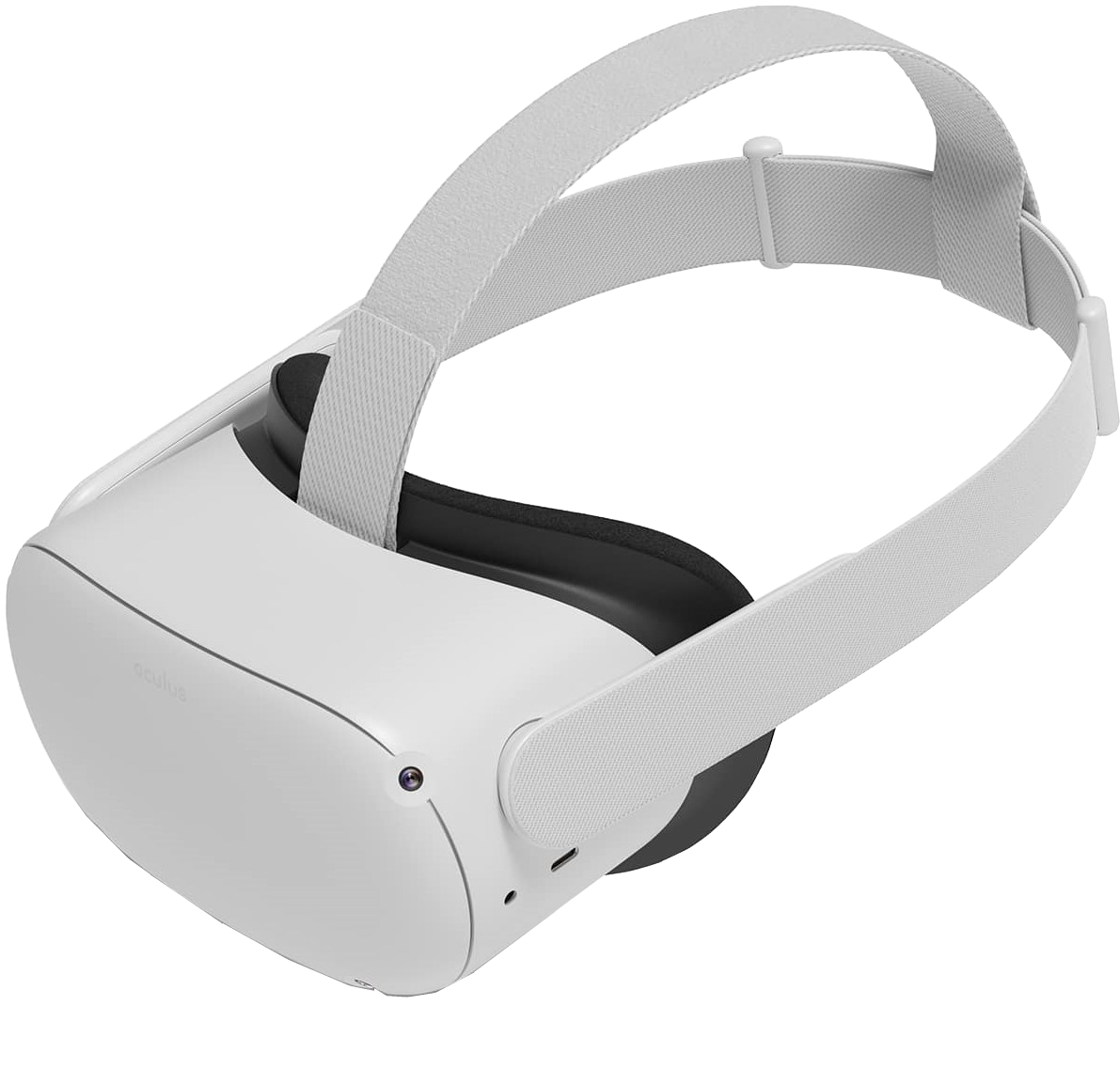
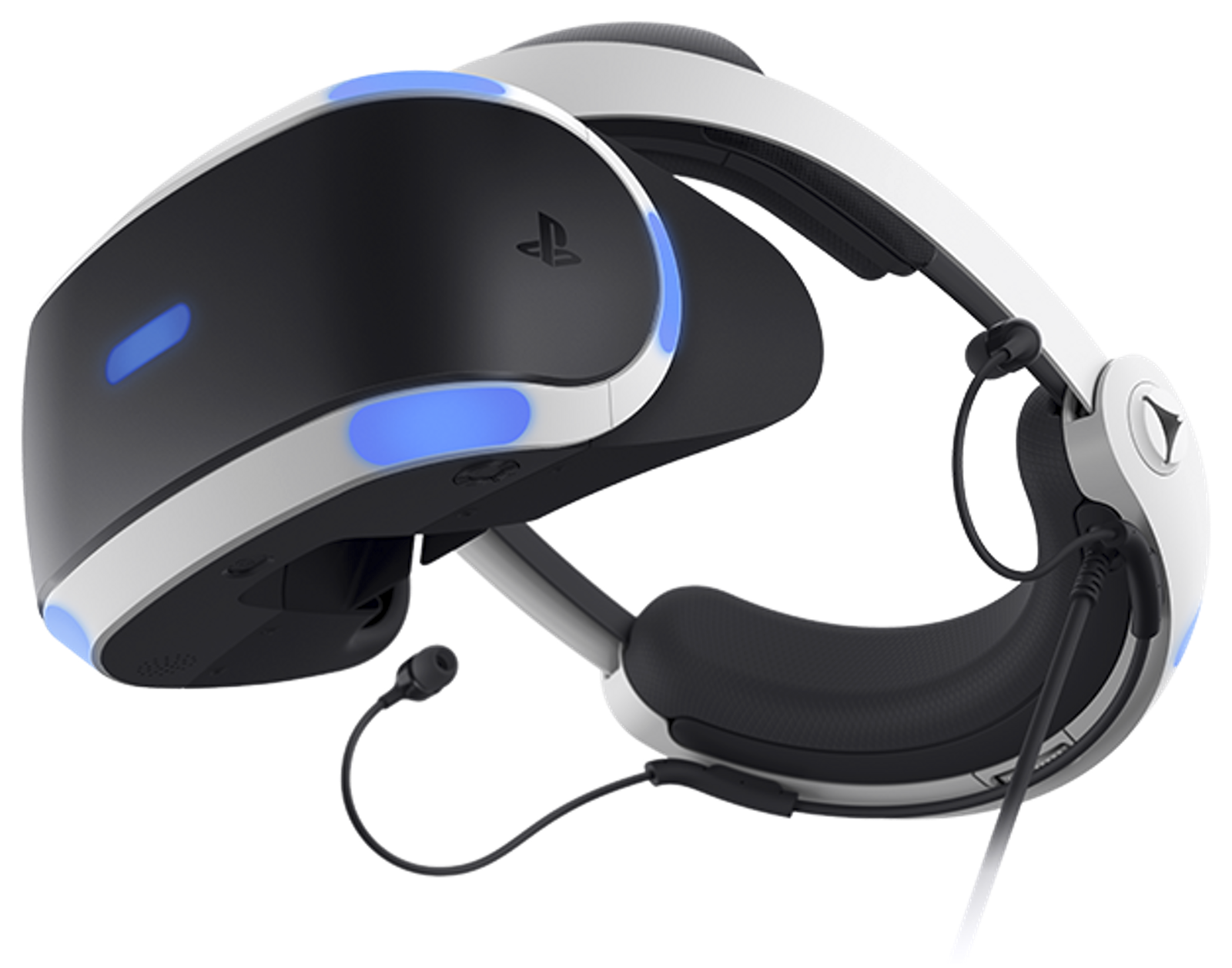
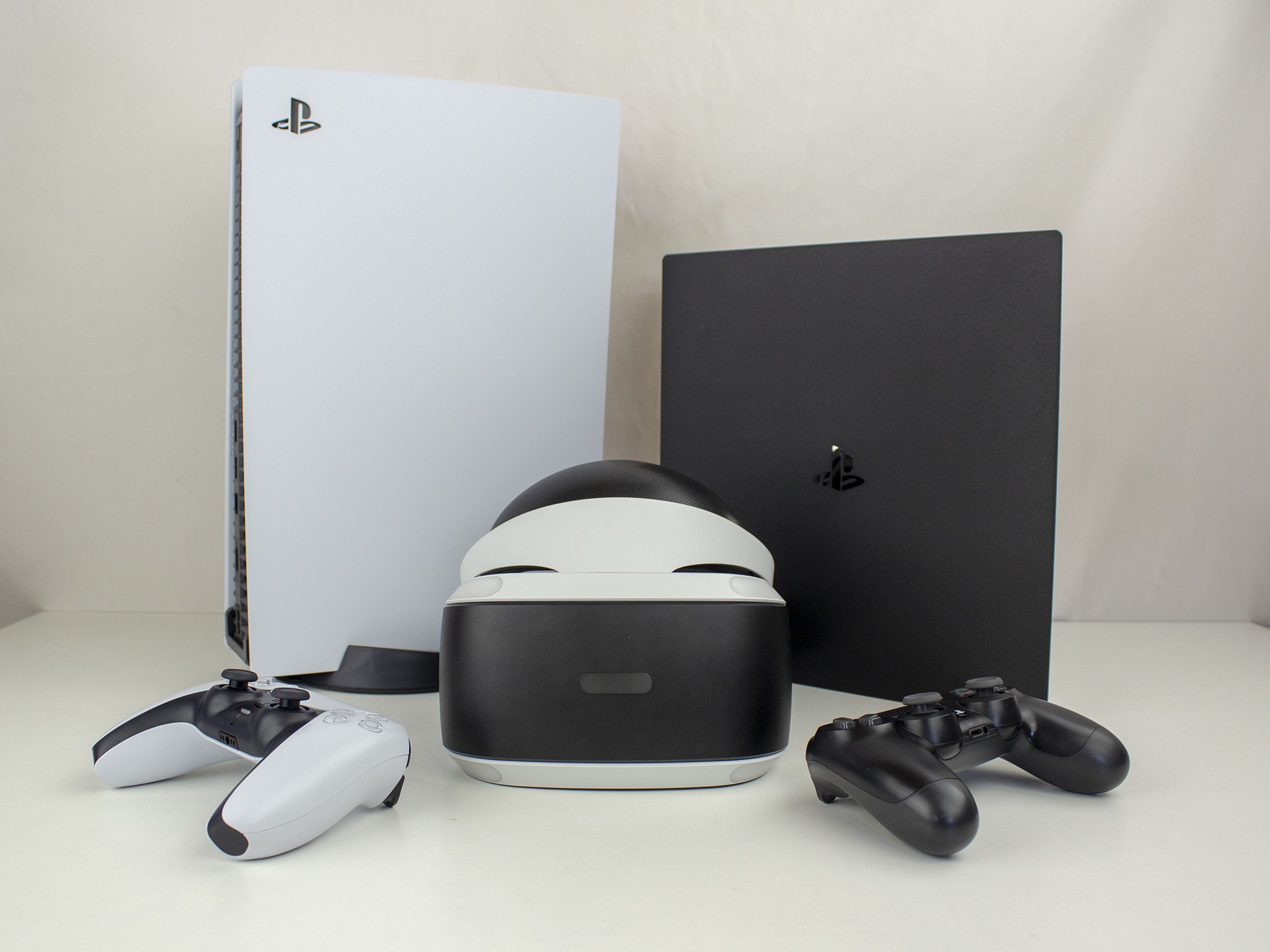
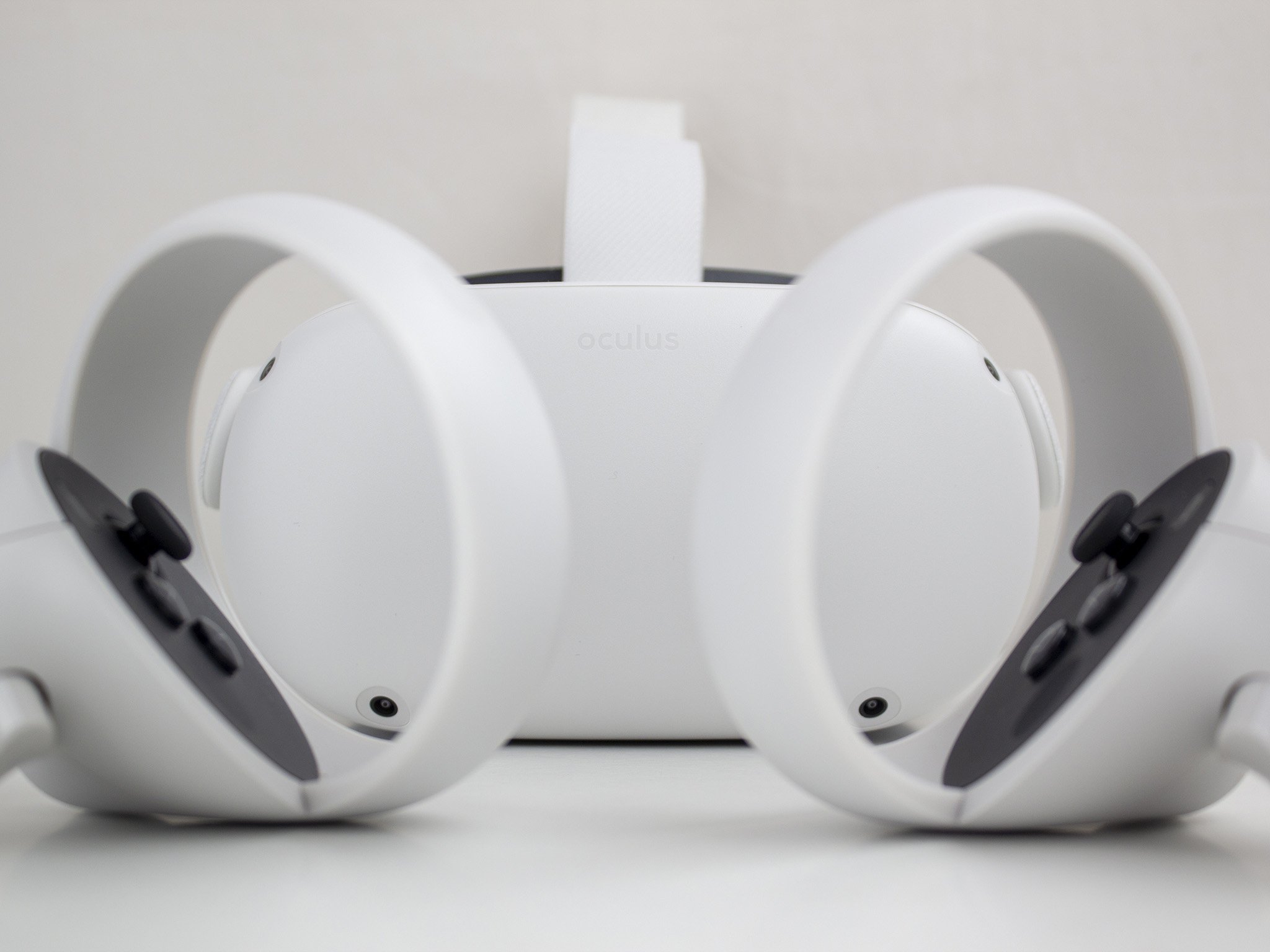
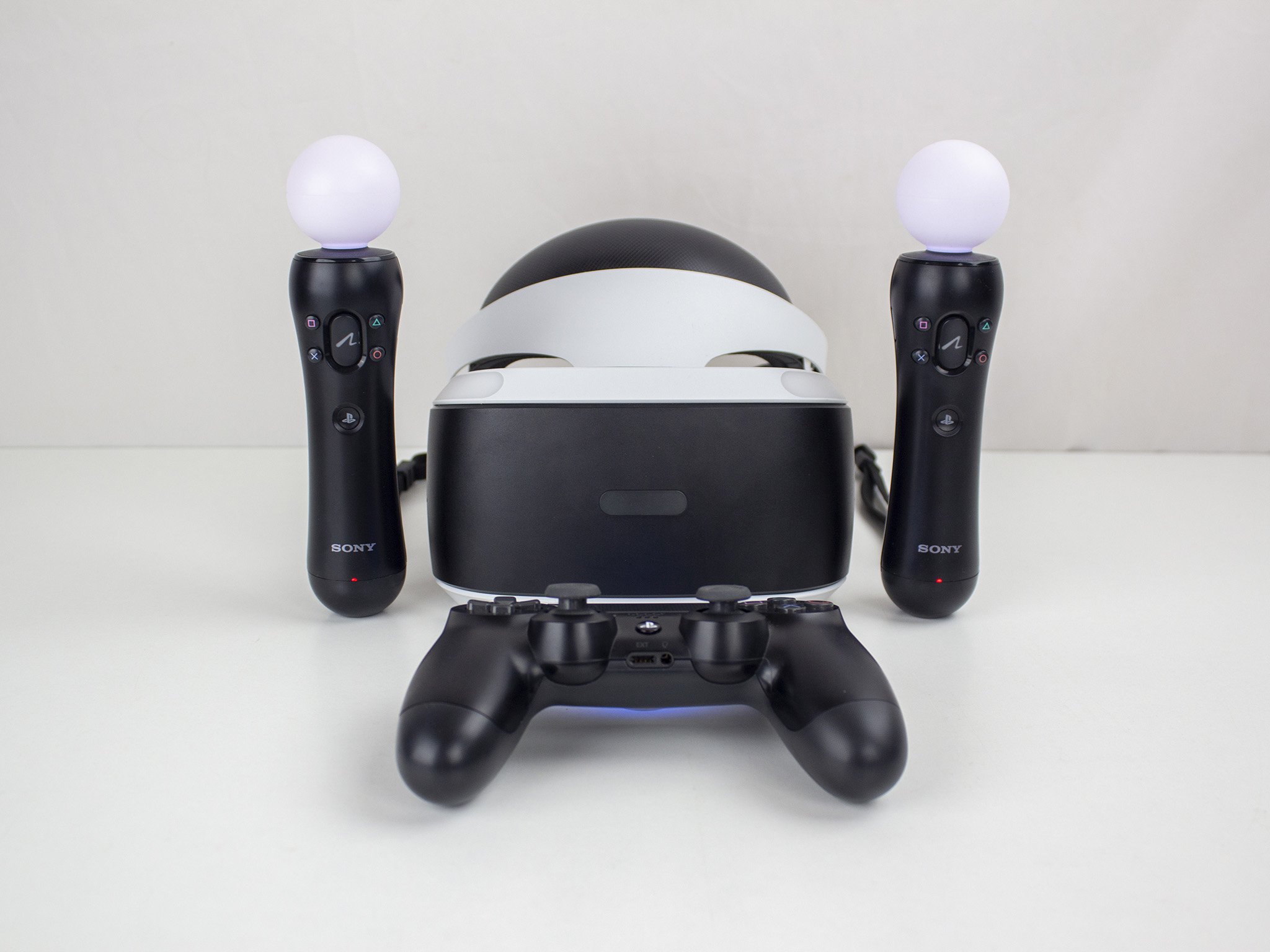
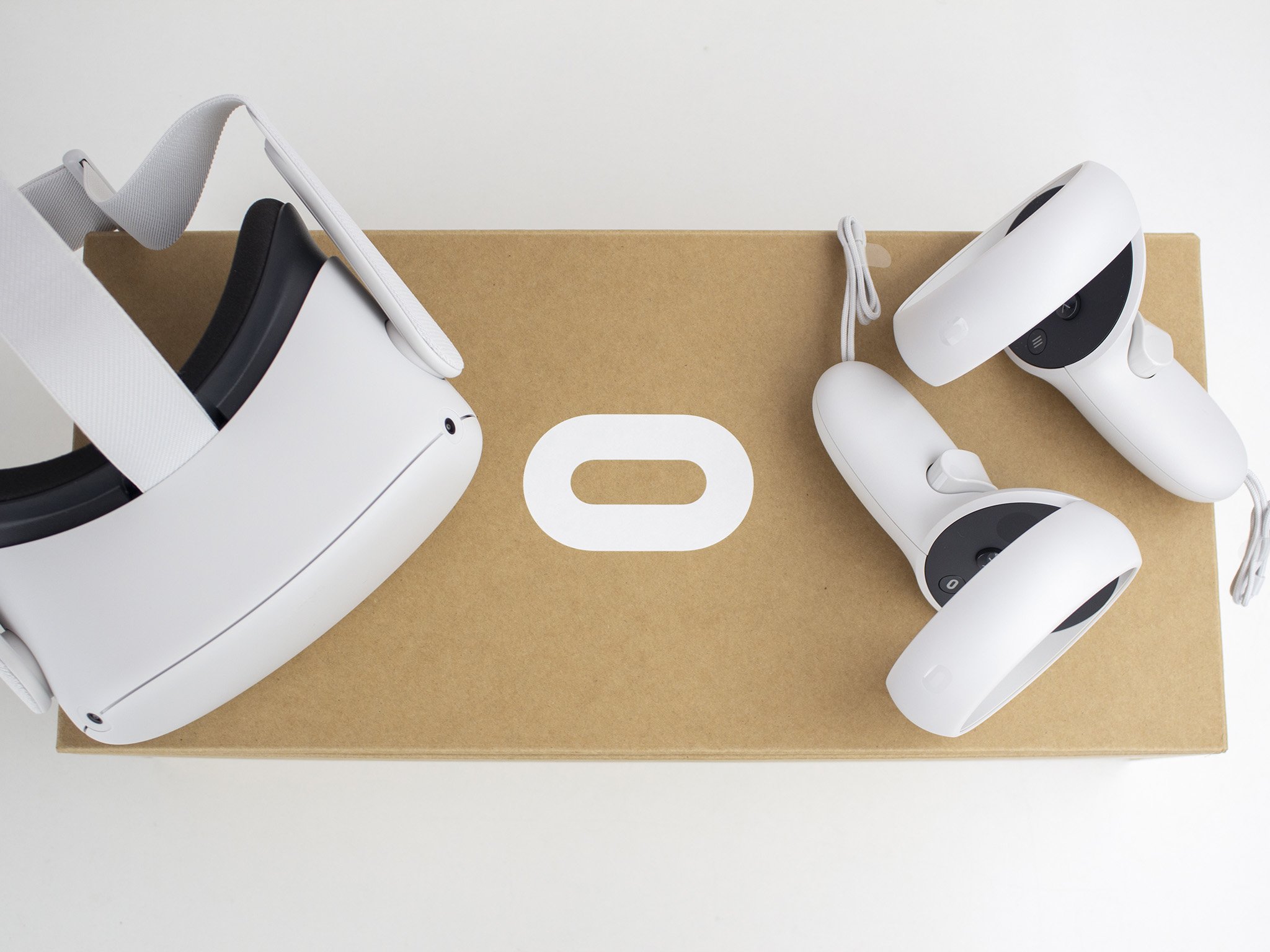
0 Response to "You Can See More: Should you get an Oculus Quest 2 or a PSVR?"
Post a Comment